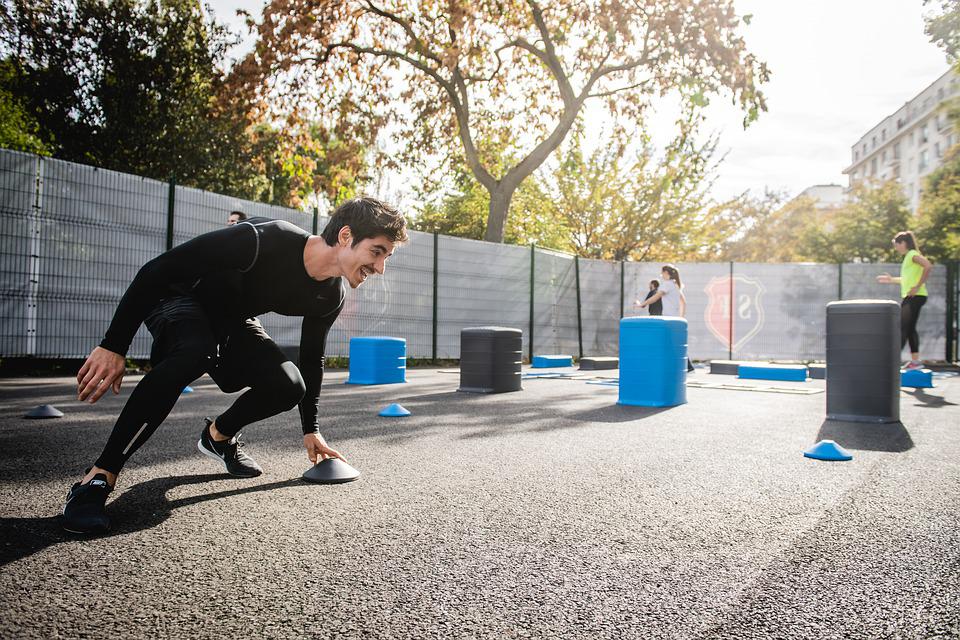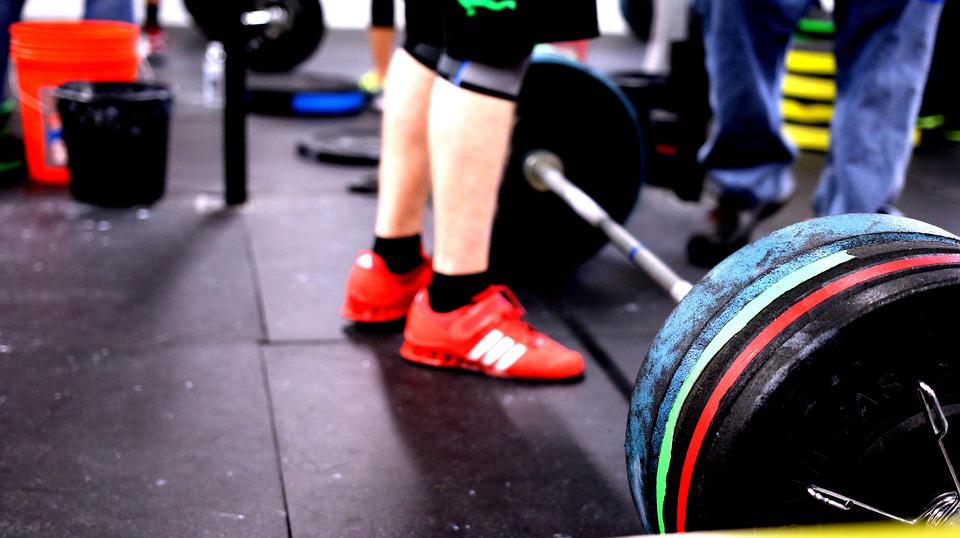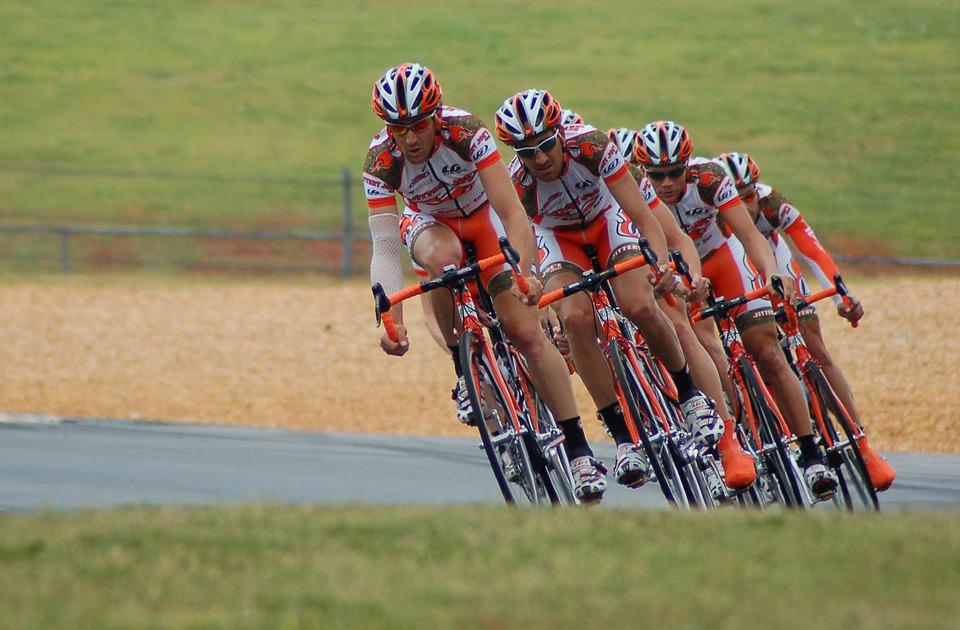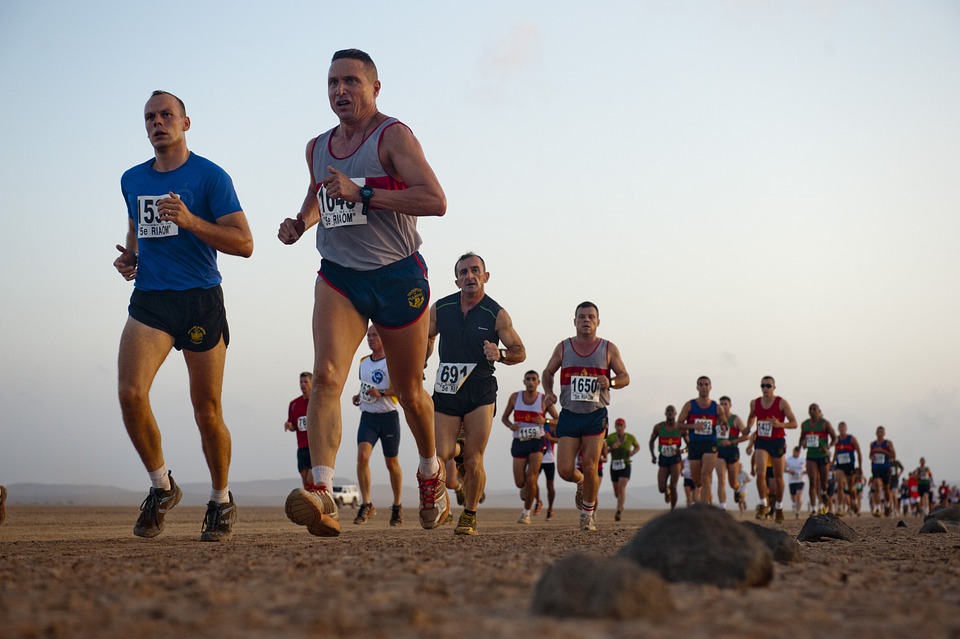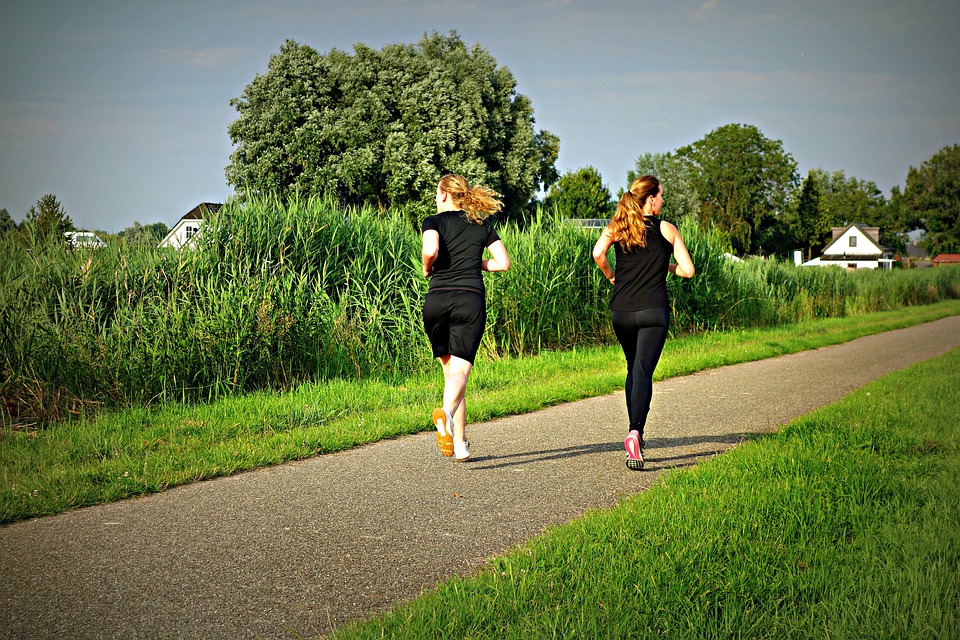
What Is Cross Training For Runners?
The most common form of cross training for runners is cycling. Cross training for runners is working on complementary skills to make you a better runner. The most common form of cross training for runners is cycling.
Cross-training that involves high-impact activities may actually aggravate injuries rather than prevent them. Not all types of cross-training are equal in terms of their benefits. Some types of cross-training, such as those that involve high-impact activities, may actually worsen injuries instead of preventing them.
Obviously, some activities are more specific and more helpful than others. Different forms of cross-training can:
- Reduce the risk of a running injury
- Improve your cardiovascular and muscular endurance
- Strengthen your body, which can improve your endurance and running economy
- Provide a mental and physical break by switching up your training
- Allow injured runners to maintain their running fitness while off their feet.
Each cross-training activity has different advantages and disadvantages in terms of how it affects your running ability.
While yoga may help with mobility and strength, it is not as helpful as a gym session would be in building muscular endurance.
What Are The Benefits Of Cross Training For Runners?
Cross training makes you strong, with good endurance and no weak spots for injuries or imbalances.
The majority of running-related injuries are caused by overusing the body. Most overuse injuries can be prevented by taking care of the body and not pushing it too hard.
This means cross-training is especially useful for:
- runners returning after an injury,
- runners running high volume,
- and new runners.
If you ask a experienced runner who has not had an injury in the past few years about their training routine, they will likely tell you that they include cross-training in their plan.
According to Stonehouse, if you are just starting to run and have not built up strength or flexibility yet, you can get a lot of benefits from endurance cross-training.
You can use cross-training to improve endurance without injuring your ankles, knees, and lower back, which are not used to the repetitive impact of running.
5 Reasons All Runners Need To Cross Train
There are many reasons why runners should cross-train, including injury prevention, improved fitness, and increased speed.
#1: Injury prevention
Since running involves repeating the same motion over and over, it can cause imbalances in our bodies. This can cause muscles to tighten and weaken, which can lead to problems like runner’s knee.
Cross-training helps runners by improving their muscle strength and the strength of the ligaments and tendons that support them. This can help prevent injuries.
#2: Improves Running Economy and Endurance
essentially, by targeting leg strength in your training, you can improve both your running economy (how many miles you can run per gallon) and your endurance. Stronger legs combined with proper form make you more efficient as a runner.
Full-body strength training not only helps you to last longer in endurance events, but also to maintain good running form. This is especially important in longer events, such as marathons and ultramarathons.
#3: Allows You To Target Specific Deficiencies
Cross-training helps runners improve specific areas of fitness without adding extra miles to their training.
Some examples of exercises that a runner could do to improve their cardiovascular fitness are an Elliptical session or swimming.
A runner who wants to improve their running economy can achieve this by hitting the gym.
#4: Prevents burn-out and over-training
Many runners will run for miles and miles every day.
Doing the same thing over and over will only work the specific running muscles, which could lead to injuries from overuse, overtraining syndrome, and mental burnout.
Cross training can help improve your mental state and promote recovery by providing a break from running. Yoga or a round of golf with friends can help you relax and recharge.
#5: Makes you multi-purpose
If you can’t do basic exercises like pull-ups, what’s the point of being able to run 100 kilometers?
I believe that people who have happy and successful running careers know the importance of being well-rounded.
Being able to participate in various sports or physical activities is a valuable life skill.
#6: Can accelerate recovery
Cycling or using an elliptical machine can improve blood flow to your muscles, making it easier to recover between runs. These activities can be thought of as active rest days.
4 Tips for Choosing a Cross-Training Workout
There is no one cross-training workout that works for everyone, so you will need to adapt your usual routine to find something that works for you. The following tips can help you choose an appropriate cross-training workout.
- Add a Complementary Routine Based on the 5 Components of Fitness
There are five basic components to being fit: muscular strength, muscular endurance, cardiovascular endurance, flexibility, and body composition. Most workouts are designed to improve a few of these components but not all of them. For instance, cycling, running, and swimming are all good activities for improving cardiovascular endurance, and they can also enhance muscular endurance to some extent. However, they aren’t the best activities for building muscular strength or flexibility, and they may or may not help with significant improvements in body composition, depending on other factors such as diet.
It’s a good idea to pick a cross-training workout that targets different areas than the one you’re already focused on. For example, if you’re doing a lot of running, you may want to start working on muscular strength or improving flexibility. Your cross-training workout could then include strength training and/or yoga a few times a week.
- Alter Your Impact
There are three types of impact when exercising: high impact, low impact, and no impact. They all have their own benefits and drawbacks.
- High-impact activities, such as running and jumping, are great for developing lower-body power and building strong bones. Depending on the context, they’re also wonderful at developing skill-related components of fitness, including balance, coordination, agility, and speed. The downside? They can be hard on your joints and soft tissue, and if not approached carefully and with a keen focus on proper form, they can contribute to overuse injuries.
- Low-impact activities, such as walking and strength training, where at least one foot is always in contact with the ground, are also effective at building strong bones, particularly in the lower body. These activities vary widely in context and intent, so you can combine them for a well-rounded workout routine. However, they aren’t necessarily as effective at developing skill-related components of fitness, including power, agility, and speed.
- No impact activities, such as swimming and cycling, take the pressure off your bones and joints, significantly reducing the likelihood of overuse injury to your lower body. Also, they’re often appropriate for individuals who are recovering from injuries or those who are training for extreme endurance events and don’t want to risk an overuse injury. That said, no-impact activities don’t have the bone-building benefits of low- or high-impact exercise.
The impact of your cross-training workout is something you might want to consider changing. If you normally do high-impact activities, like dance cardio, you might want to supplement your schedule with a no-impact alternative, like indoor cycling or water aerobics. On the other hand, if you’re a big swimmer, you might want to try a different activity that is higher impact, like strength training or jumping rope.
- Alter Your Direction
-There are three planes of motion that humans can move in: sagittal, frontal, and transverse. -Moving within each plane requires the engagement of different muscle groups to perform separate actions at the moving joints. -If you only move in one place, you are neglecting the actions and muscles required to move in the other planes. -Over time, this can lead to muscle imbalances that can contribute to injuries. Here’s what you need to know:
- Sagittal Plane: This plane of motion cuts an invisible path through the center of your body, dividing you into left and right parts. When you move in the sagittal plane, you’re engaging in forward or backward motion that runs parallel to this plane. Running, cycling, and biceps curls are just a few examples of exercises that take place in the sagittal plane.
- Frontal Plane: The frontal plane cuts an invisible line through the center of your body dividing you into front and back halves. When you perform exercises in the frontal plane, you’re moving side-to-side in a path parallel to the plane. For instance, cartwheels and inline skating take place in the frontal plane. Actually, inline skating is interesting because it requires frontal plane movement of your extremities while your entire body moves along in the sagittal plane. Other examples include performing the breaststroke in swimming and doing a side lunge at the gym.
- Transverse Plane: The transverse plane cuts an invisible line through the center of your body, dividing you into top and bottom halves. When it comes to actions, the transverse plane is the hardest to conceptualize because it involves rotation and twisting movements. Swinging a golf club or a baseball bat are clear examples of moving in the transverse plane, but they’re not the only ones. Activities including boxing, dance, and yoga often involve rotation and twisting, and strength training exercises like wood chops and Roman twists are other clear examples.
If you realize that you mostly work out in one plane of motion, you should try to switch up your routine so that you move in multiple planes. This will help you fix any muscular imbalances.
- Just Try Something New
If you are in a rut, doing the same thing over and over for months, you don’t need to stress about your cross-training plan. Almost any new workout will “shock” your system and make you realize you have been neglecting some muscles. Pick an activity you’ve wanted to try and give it your best shot. You may love it or hate it, but it doesn’t really matter. The important thing is to keep your body guessing so you continue to see improvements in your fitness and health.
Cross Training Activities To Consider Avoiding
There are some activities that are harmful to runners because they include quick lateral movements. These quick movements increase the risk for injury in runners.
According to Todd Buckingham, who is the lead exercise physiologist at Mary Free Bed Hospital, runners should be careful about adding exercises that require a lot of quick movement in different directions to their routine. This is because runners are used to moving only in one direction, and adding these other activities could cause an injury if they’re not careful.
Buckingham explains that runners can and should do lateral movements in a controlled environment to strengthen often-neglected muscles.
He recommends that runners should do movements slowly and with control to avoid injury, as it would be stupid to get hurt doing something for fun and then not be able to run.
What Are The DOs Of Cross-Training?
Here are 6 DOs of Cross-training for runners:
- Do incorporate cross training regardless of whether you are a novice or experienced runner, says Buckingham.
- Do keep your cross-training easy when it’s a recovery cross-training session or after a challenging running workout.
- Do warm-up and cool-down before a cross-training session just as you would before a run.
- Do choose the type of cross-training you enjoy and that fits the purpose of what you need on that day, whether that’s focusing on endurance, strength, flexibility, or something else, advises Stonehouse.
- Do find a running coach to help guide you in how to best incorporate cross-training to stay healthy and get stronger, adds Stonehouse.
- Do wear a heart rate monitor to ensure you stay in the appropriate heart rate zone for your workout.
What Are The DON’Ts Of Cross-Training?
Here are 5 DON’Ts of Cross-training for runners:
- Don’t do too many new types of cross-training too soon. Doing so could result in injury, says Buckingham.
- Don’t treat a cross-training workout as something you just have to “get through”. “Cross-training can have similar benefits to a running workout and can be very beneficial in your training,” he adds.
- Don’t skip your run to do a cross-training session. it might be hard to believe, but to be a better runner, you actually have to run!
- Don’t push hard in your cross-training sessions unless that is the purpose of the workout. Stay true to the goal.
- Don’t let cross-training distract from your goal of running. “Sometimes we can add so many ‘other’ things that the additional volume is just too great,” warns Stonehouse. This can put you at risk for burnout.

